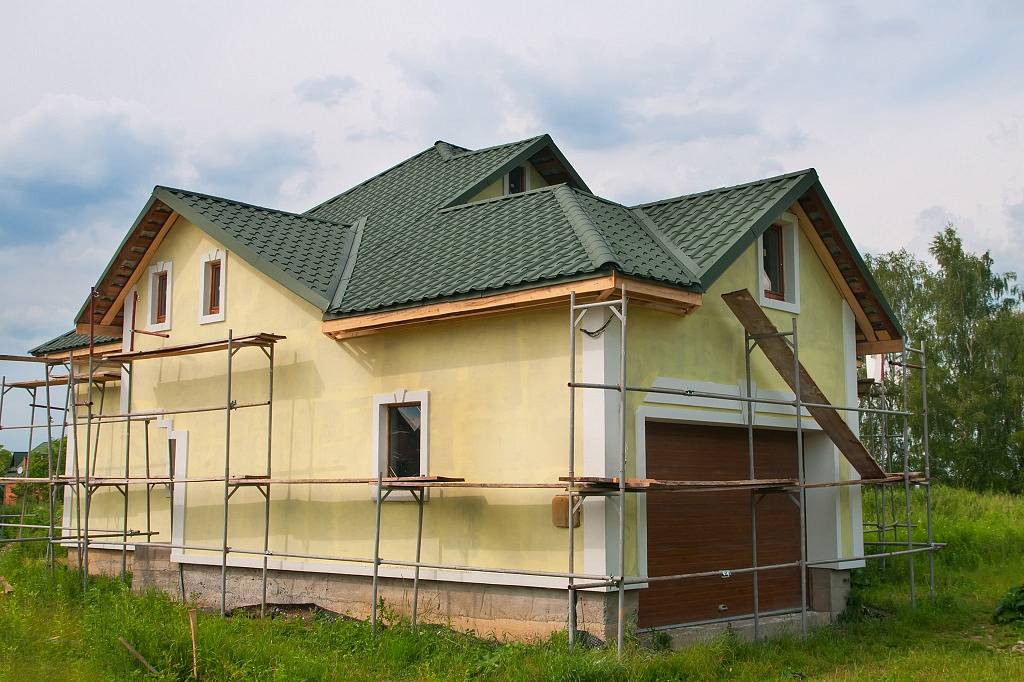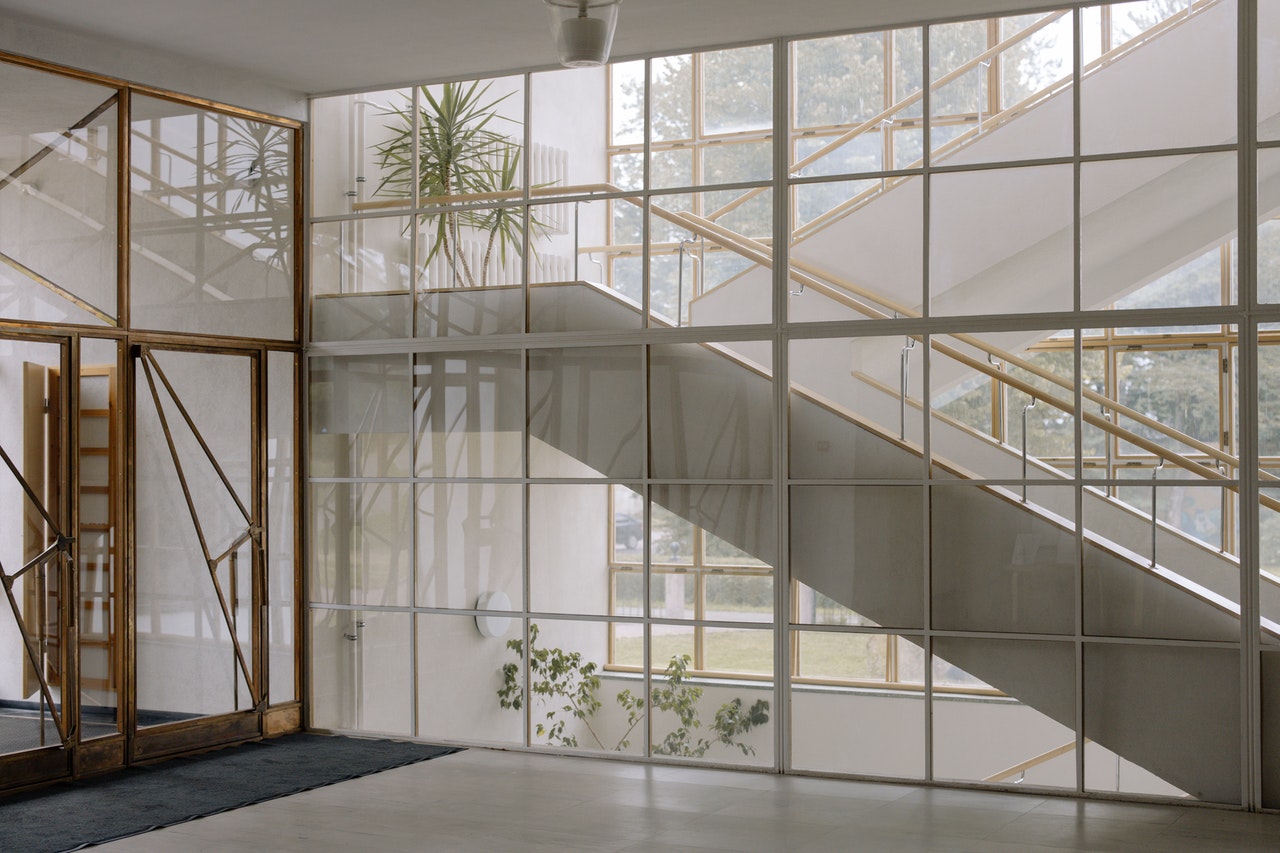House rendering is a popular technique used to enhance the appearance, protect the structure, and improve the energy efficiency of buildings. Render provides a protective layer on exterior walls, offering durability and aesthetics. In this article, we will explore three common types of house rendering: silicone rendering, house rendering, and insulation rendering.
House rendering is a popular technique used to enhance the appearance, protect the structure, and improve the energy efficiency of buildings. Render provides a protective layer on exterior walls, offering durability and aesthetics. In this article, we will explore three common types of house rendering: silicone rendering, house rendering, and insulation rendering. Understanding these different render options will help you make an informed decision when considering the best choice for your home.
Silicone Rendering
Silicone rendering is a modern and versatile option that offers numerous benefits. It involves applying a silicone-based render to the exterior walls, providing a flexible and weather-resistant finish. Here’s what you need to know about silicone rendering:
Weather Resistance: Silicone renders have excellent weatherproofing properties, ensuring the walls are protected from rain, wind, and temperature fluctuations.
Low Maintenance: Silicone renders are highly resistant to dirt and algae growth, resulting in minimal maintenance requirements. They are also self-cleaning, as rainwater can easily wash away dirt and grime from the surface.
Breathability: Silicone renders allow the walls to breathe by allowing moisture to escape, preventing the buildup of condensation. This breathability helps to maintain a healthy environment inside the building and reduces the risk of dampness or mold growth.
Traditional House Rendering
House rendering, also known as traditional rendering, typically involves using cement-based renders to provide a protective and decorative layer on exterior walls. Here are some key features of house rendering:
Versatility: House rendering allows for a wide range of design options, from smooth finishes to textured or patterned surfaces.
Durability: Cement-based renders are known for their strength and durability. They provide a robust protective barrier against weather elements and physical impact, helping to preserve the integrity of the walls.
Cost-Effectiveness: House rendering is generally more affordable compared to other rendering options. It offers a cost-effective way to improve the aesthetics and protection of your home.
Insulation Rendering
Insulation rendering combines the benefits of rendering with added thermal insulation properties. It involves applying an insulating material, such as expanded polystyrene (EPS) boards, to the walls before applying the render. Here’s why insulation rendering is advantageous:
Energy Efficiency: Insulation rendering helps to improve the energy efficiency of a building by reducing heat loss. The insulating layer minimizes thermal bridging and helps maintain a comfortable indoor temperature, reducing the reliance on heating and cooling systems.
Noise Reduction: The added insulation layer also provides soundproofing benefits by reducing external noise transmission, creating a quieter and more peaceful living environment.
Conclusion
Choosing the right type of house rendering is essential for enhancing the appearance, protection, and energy efficiency of your home. Silicone rendering offers weather resistance and low maintenance, while traditional house rendering provides versatility and durability. Insulation rendering goes a step further by adding thermal insulation benefits. Consider the specific needs of your home, climate conditions, and desired aesthetics when selecting the most suitable rendering option.




